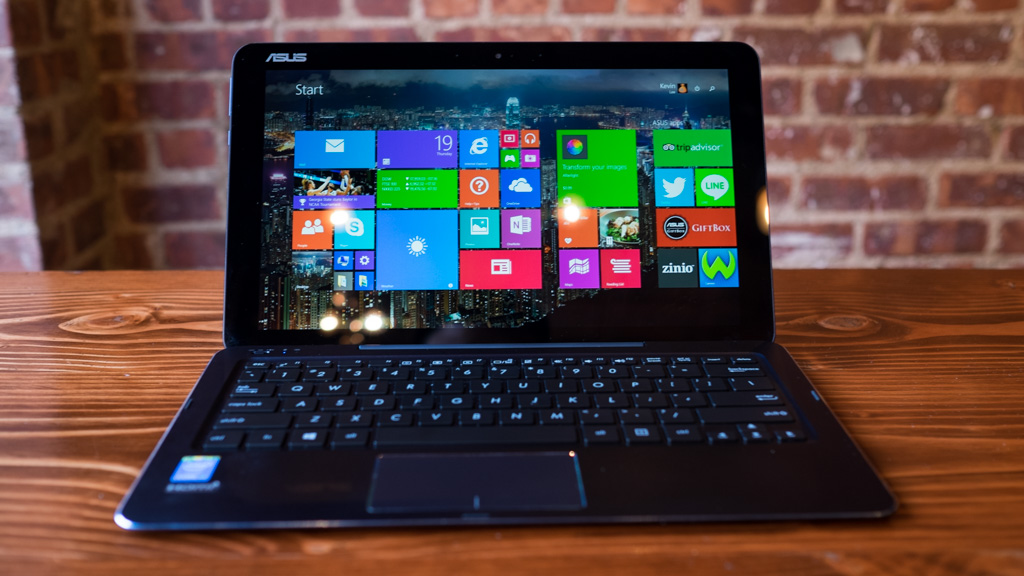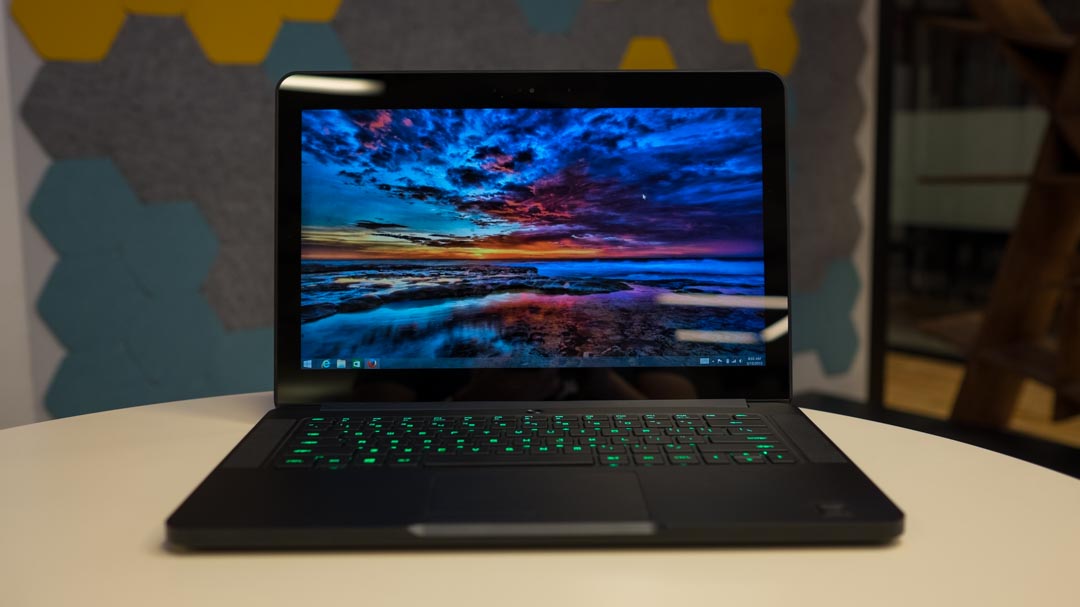
A distinct lack of 4K media
Another disadvantage of 4K and QHD laptops is there aren't really too many sources for 4K content as of yet. Blu-ray players will upscale 1080p movies to 4K, but it's not true 4K. Netflix is working to increase its 4K content, but to stream movies at that resolution requires a steady internet speed of 25Mbps.
Netflix does a monthly roundup of the fastest ISPs and even the speediest fastest providers only average around a fifth or less than that lofty requirement. The even-more heartbreaking news for those interested in a 4K laptop is that even if you meet the lofty requirements for streaming 4K content from Netflix or Amazon Prime Instant Video, which also offers some 4K content,'s Prime service, you're limited to only compatible television sets. Neither services' UHD offerings currently work on computers.
If you want to stream 4K content on the go, for now you're currently limited to YouTube. Of course, this could all change in the future, as is the case with any new technology. Remember those first HD-only channels that consisted largely of programs that showed off sweeping shots of landscapes and wildlife? Most 4K content is still in the "ooh" and "ahh" phase, but it will get more prolific. If you're thinking of getting a 4K laptop to watch movies, however, you'll be disappointed.
There's also a fair chance you'll be paying a considerable premium for a 4K laptop over its Full HD configuration. The Dell XPS 13, for example, is available as a 1080p machine for $999 (£879, AU$1,799), while the QHD model rings in at $1,299 (£1,099, $2,498). Likewise, the 2015 Razer Blade normally starts at $1,999 (about £1,337, AU$1,041) but pinning a high-res display on this machine brings the price up to a lofty $2,399 (£2,035, AU$3,699)..

When a 4K laptop makes sense
Now the question is when does a Ultra HD laptop make sense for you. The immediate situation that comes to mind is the field of photography, where a screen that best captures what the final, printed product will look like is ideal, perhaps even required.
Having a laptop on the go that can display the highest resolutions would be a godsend to photographers whose livelihoods depend on capturing and reproducing photos with as much tack-sharp clarity as is possible, a QHD or 4K laptop makes sense.
But as Dr. Jones pointed out, there is much more to a nice image on the screen than resolution. Having a 4K laptop doesn't guarantee that the colors and contrast will be reproduced accurately in a final print. Colors will need to be calibrated, just like with any other monitor. But once that step is taken care of (any photographer working in a professional capacity is going to have a calibrated monitor anyway) the bump in resolution will almost guarantee there are no surprises once the final product is printed.
Are you a pro? Subscribe to our newsletter
Sign up to the TechRadar Pro newsletter to get all the top news, opinion, features and guidance your business needs to succeed!
Video cameras capable of shooting in 4K are becoming more and more common, and phones are beginning to tout their 4K video-shooting capabilities as a selling point. Obviously the only place to accurately edit 4K video is on a 4K laptop, but this also means storing 2GB of data for every minute of RAW footage. Even the 1TB hard drive , a machine like the Toshiba Satellite will fill up quickly. Additionally, the enormous power involved in simply working with 4K video means that a laptop would be less capable compared to a dedicated desktop machine, even when taking convenience into account.

Gaming like a boss
The most apparent and readily available way to enjoy content that pushes beyond the limited of regular high def comes in the way of PC gaming. Resolutions greater than 1080p are becoming commonplace in the world of PC gaming, and new high-end graphics cards for desktop rigs, such as Nvidia's Titan X, are pushing graphics beyond 4K. Building a desktop PC for gaming, however, can be an expensive gamble and doing so requires a fair amount of know-how on the part of the builder.
For those who want the power of PC gaming without the potential for a headache, a laptop is a great alternative. Ultra HD machines have even showed up on our list of the top 10 gaming laptops. But once again, there's a catch. Yes, games can look incredible at Ultra HD resolutions, but unfortunately to achieve that level of clarity, something has to give. That means sacrificing detail or frame rate. The Razer Blade 2015, one of our top-rated machines, was only able to run some games at 10 fps when set to its maximum 3,200 x 1,800 resolution.
Laptops have an advantage in that their relatively small screens create an inherent viewing distance for viewing 4K and QHD content at its optimum level. But for now, the trade-offs for a gorgeous display may still be too high to justify the price and sacrifice in battery life on a laptop running at such high resolutions. For a field photographer who's always a stone's throw away from an outlet, an Ultra HD laptop might make sense, but for those who are looking for the highest available resolutions without any unfortunate side-effects, the time for a 4K laptop might not be now.
- What is 4K and Ultra HD all about anyway?